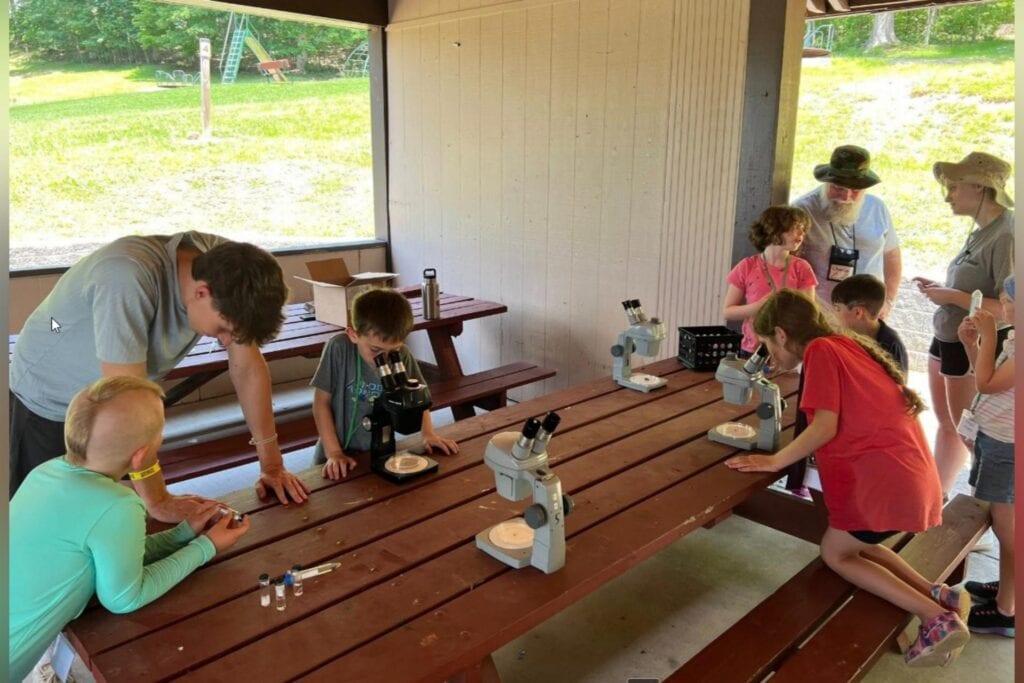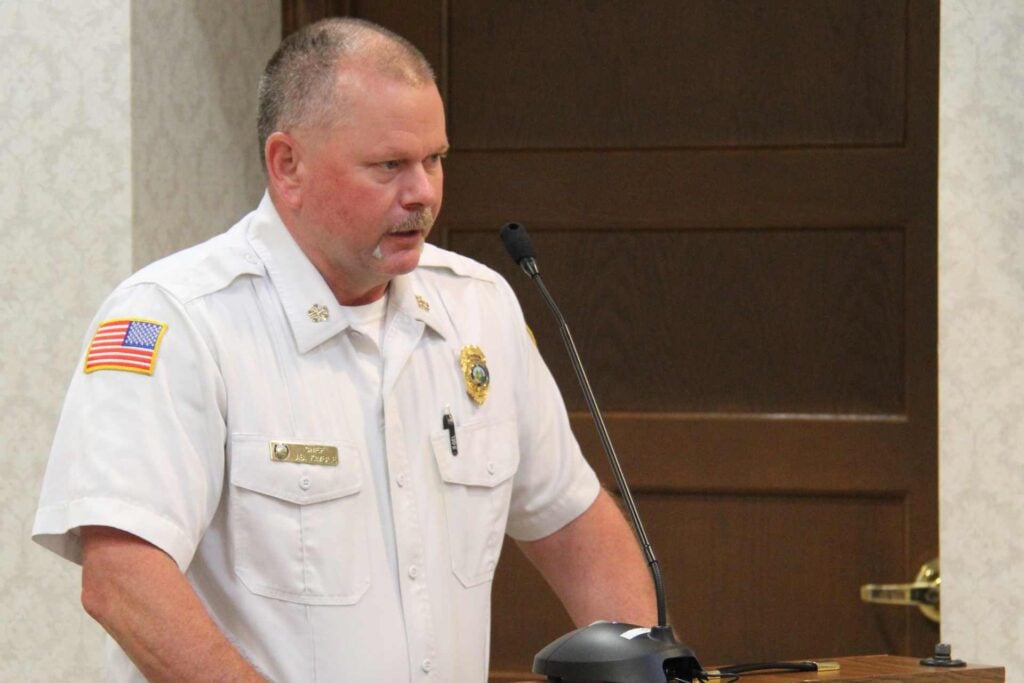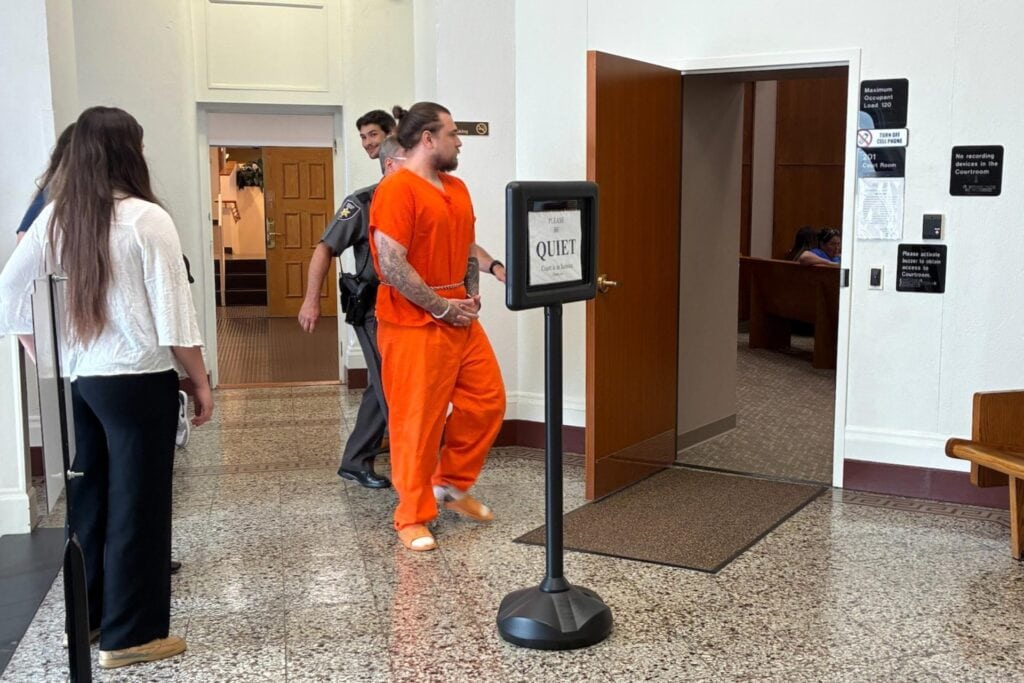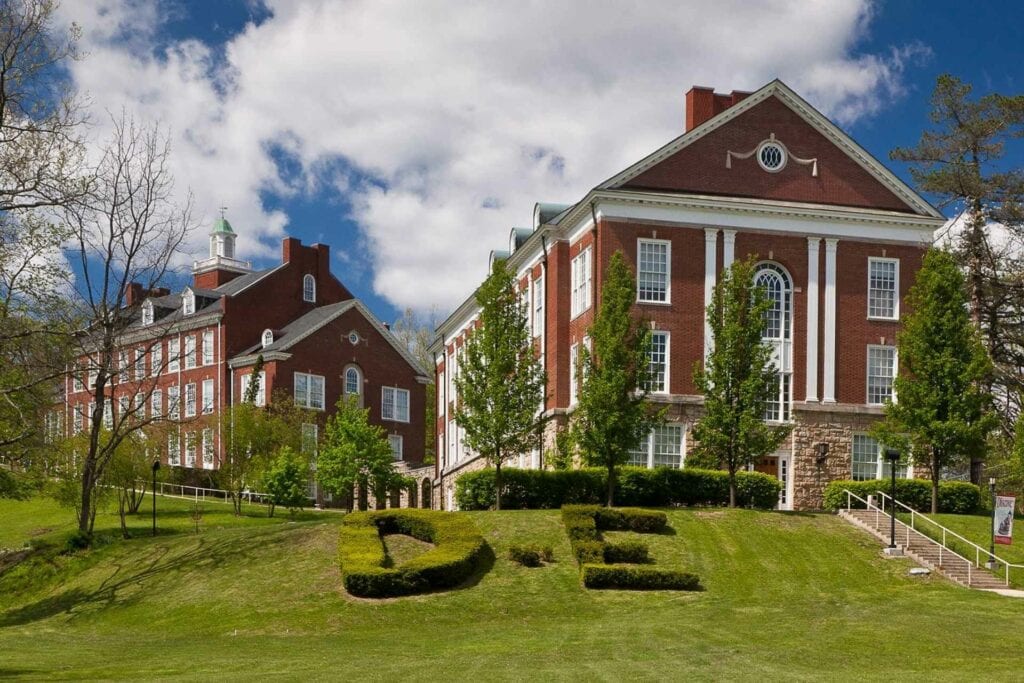Editor’s note: This story was originally published by Mountain State Spotlight. Get stories like this delivered to your email inbox once a week; sign up for the free newsletter at https://mountainstatespotlight.org/newsletter
By Douglas Soule, Mountain State Spotlight
SHEPHERDSTOWN — Shepherdstown Mayor Jim Auxer is proud to point out that, even throughout the pandemic’s worst months and the challenges they presented, his town managed to maintain its services and keep on all its government workers.
Auxer estimates Shepherdstown lost a couple hundred thousand dollars in revenue due to the pandemic, but he credited federal relief money for helping keep the town whole.
West Virginia received $1.25 billion from the CARES Act in April 2020, and set aside $265 million of that for local governments. Auxer said it helped cover COVID-19 related expenses like personal protective equipment, cleaning materials and employee overtime hours.
Shepherdstown received around $250,000 in CARES Act funds, according to the state auditor’s office. And the small Eastern Panhandle town is about to receive a lot more federal relief funds — $800,000 — through the American Rescue Plan. For them, and for communities around West Virginia, it represents a huge opportunity.
“It helps you fine-tune what you’re going to be able to do; it helps you do some projects maybe you just didn’t think you’d be able to do,” Auxer said. “It’ll allow us to move forward more quickly with things we want to do.”
U.S. Congress passed the American Rescue Plan in March. The economic stimulus bill included not only money for local governments, but also billions of dollars in direct relief for West Virginia.
Governments have a lot more flexibility with American Rescue Plan money in comparison to the CARES Act money, which had to be used explicitly for costs incurred because of the pandemic. The new funds can be used for water and sewer projects, broadband and to backfill lost revenue, all of which Auxer is interested in doing with the money.
Shepherdstown isn’t alone in trying to determine how to spend such a significant amount of funds. Officials across the state are working to figure out spending priorities as American Rescue Plan money pours into the state. What they decide could have big implications for West Virginia and its future.
“I think this is a once-in-a-lifetime impact,” said Travis Blosser, executive director of the West Virginia Municipal League, an association of the state’s cities, towns and villages.
But there’s a lot of pressure for local governments to get it right.
“The opportunities here are enormous, but the opportunities here to get it wrong are enormous as well,” Blosser said.
Local governments: patience under pressure
Local governments in West Virginia are receiving a collective $679 million in American Rescue Plan money. Blosser said figuring out how to spend that money has been a collaborative effort.
“One thing that’s giving, I think, a lot of people confidence is that everyone seems to be unified on this issue of making sure this money gets spent in the best way possible to benefit our communities,” Blosser said.
“I think that’s one unique way where I think we’re getting it right here in West Virginia is that we’re all banding together: Republican, Democrat, conservative, liberal, whatever your ideology or philosophy is,” he said. “Public infrastructure: we all know living here in West Virginia that that is something that has been significantly underfunded for a number of years. And this is our opportunity to make long lasting strides.”
That kind of collaboration can be seen in Jefferson County. Auxer said Shepherdstown officials are talking with the county and neighboring municipalities about ways to use the funds for broadband projects.
“I think that the emphasis is to look for as many collaborative opportunities as possible,” said Jennifer Piercy, executive director of the County Commissioners’ Association of West Virginia.
Piercy and Blosser said local governments aren’t in a rush to spend the money. Unlike the CARES Act money, which initially came with a December 2020 deadline — which has since been extended — communities have until the end of 2024 to commit the American Rescue Plan funds and until the end of 2026 to spend the money.
“They don’t have to spend all the money right now,” Piercy said. “Let’s kind of take a step back and look at what some of our common goals are.”
Only half of what governments are due through the American Rescue Plan is available this spring; the other half can’t be accessed until next year. And, while the U.S. Treasury has released interim guidance on how to use the funds, the rules haven’t even been finalized yet. Public comments will be accepted until July 16.
In addition, with President Joe Biden’s infrastructure plan still a possibility, some governments don’t want to commit dollars yet with more federal money possibly in play for certain projects.
The state of the state’s money
When West Virginia received $1.25 billion in CARES Act money in the spring of 2020, Gov. Jim Justice took sole control of the funds.
Critics questioned his spending priorities, and, as West Virginians begged for economic aid, hundreds of millions of CARES Act dollars went untouched.
Even now, nearly half of the money remains. More than $589 million was unspent as of Monday, according to the state auditor’s office. The governor’s office did not respond to an email asking about what the rest will be used for.
Kelly Allen, executive director of the West Virginia Center on Budget and Policy, said most of the remaining money is planned to go towards compensating the state’s unemployment trust fund — Justice has said this will later reduce taxes on businesses that typically fund unemployment benefits — and to pay off a loan the state had taken from the U.S. Department of Labor during the pandemic to keep the trust fund solvent.
“We still think that’s not the best use of the funds and are really disappointed that they didn’t get out the door at the height of the pandemic to address the needs of families and businesses and workers who are really impacted by COVID-19,” Allen said.
In numerous other states, the governor didn’t have sole authority over the CARES Act spending, according to the National Conference of State Legislatures. For example, Pennsylvania’s legislature passed a bill allocating more than $2.6 billion of CARES Act funds.
With the American Rescue Plan funds, West Virginia legislators will be involved, too. During the 2021 state legislative session, lawmakers passed and Justice signed House Bill 2014, which requires that the legislature appropriate federal funds exceeding $150 million during a state of emergency.
This means Justice and the Legislature will have to work together on the $1.355 billion the state receives of American Rescue Plan funds — an amount that’s separate from what the local governments received though under the same spending guidelines.
During a June 7 presentation to a legislative interim committee on the American Rescue Plan funds, Ann Urling, the governor’s deputy chief of staff, told lawmakers that it’s important that the state use a data-driven methodology that “shows where we can make the biggest impact in our state by using these funds strategically.”
She said U.S. Treasury guidelines encourage the state to hold listening sessions across the state to ensure “inclusive stakeholder input.”
“We’re being asked to promote inclusive economic development in regions of the state in the planning process, so that historically underrepresented communities are part of and are given a real voice in how these funds are used,” Urling said.
She said a plan needs to be developed that reduces disparities and targets those most in need. Overall, West Virginia will receive more than $4 billion in assistance through the American Rescue Plan, according to information provided by U.S. Sen. Joe Manchin’s office. Included in that money is more than $2 billion for stimulus checks, $138 million in broadband funding and $2 million for internet hotspots.
Broadband in Jefferson County
That internet access is important everywhere in West Virginia, including in Jefferson County. The county, at the tip of the Eastern Panhandle, offers a quick commute to the Washington, D.C., metropolitan area. Jefferson County Commision President Steve Stolipher says the area draws city residents who are wanting a more rural lifestyle.
“These folks are coming out from town, the first thing they want to know is what’s the internet service, how fast it is,” he said.
The county will receive more than $11 million in American Rescue Plan money, and Stolipher said his top priority is increasing broadband access. He said people living in some of the rural parts of the area struggle with getting fast internet speeds.
“It’ll build your community,” Stolipher said. “Used to be, in order to build a community, you have to have water and sewer. Now the top of the list is broadband and then water and sewer.”
All of these projects are still on the table, he said, and county commissioners are holding a meeting next week to get feedback on how to spend the funds.
Reach reporter Douglas Soule at douglassoule@mountainstatespotlight.org.













